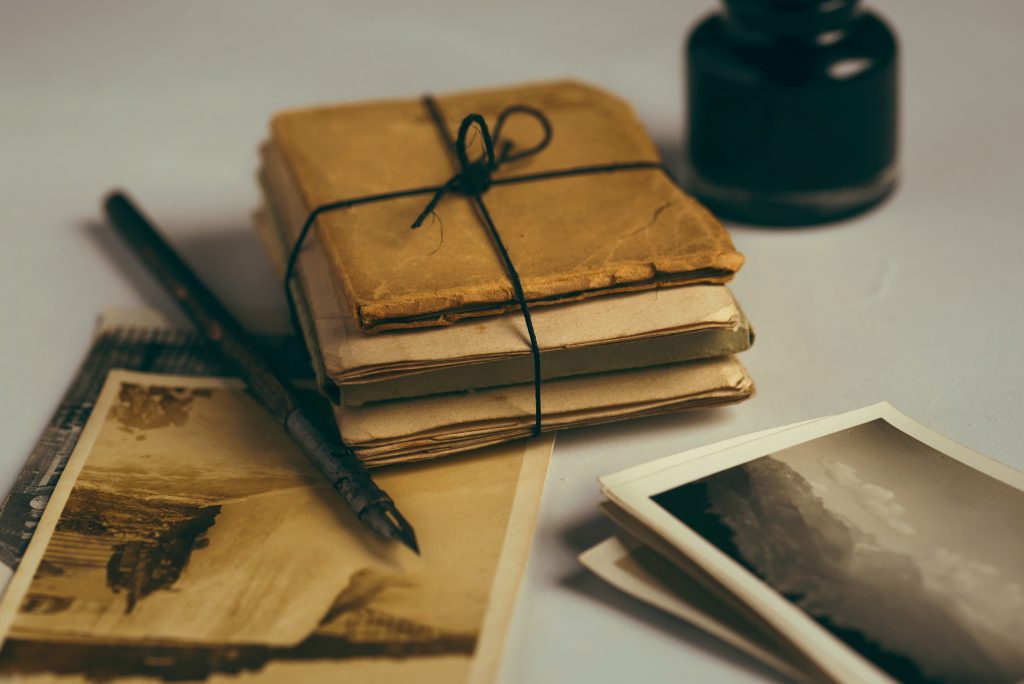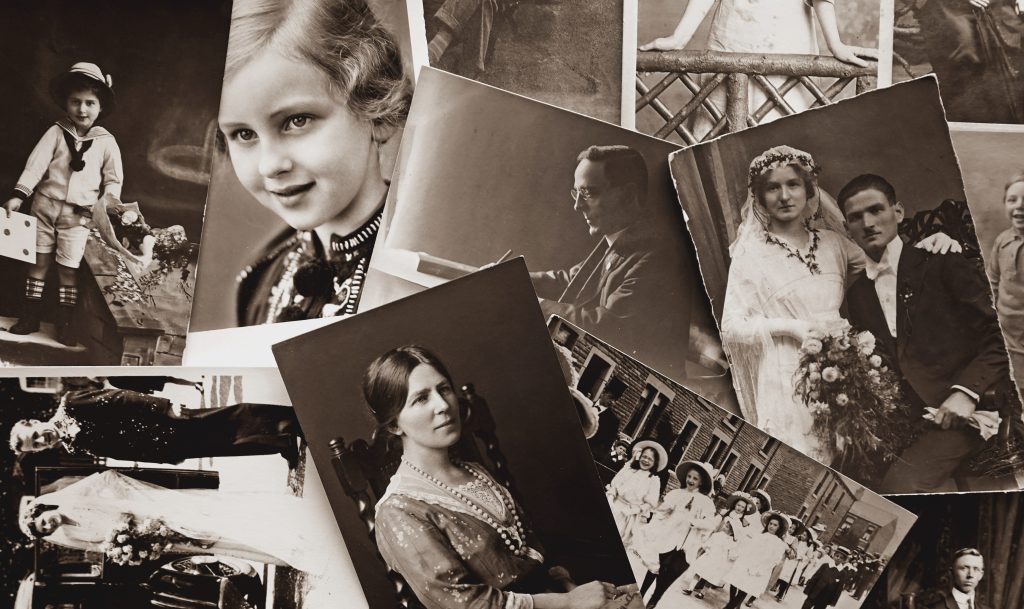This is the second in my series focusing on historical fiction writing. If you’d like to read the previous post, Creating a Believable World, please click here.
In this post, I’ve drawn attention to some of the most common challenges in the historical fiction writing process and suggest some ways in which they can be overcome.
Share this post in your favourite places

Photo by Joanna Kosinska on Unsplash
Info-dumping
Some less experienced writers can make the mistake of including huge amounts of detail in their work. And it’s understandable when they’ve put a lot of time and effort into doing their research.
Of course it’s really important to include accurate information to make your historical story believable. After all, the history is why many people are drawn to this type of fiction.
But getting the balance right is key. Not enough detail and your reader won’t feel fully immersed in your world. Too much and your novel could end up being boring and reading more like a textbook.
The inclusion of historical detail should feel smooth. It should be added gradually, drip fed into the plot to entice the reader to read on because they are engrossed in the world you’ve created.
There is no magic formula to knowing how much detail to include and when. This will become evident through the drafting and feedback stage.
A good idea is to write your first draft without stopping. If there is a gap in your knowledge, insert a pair of square brackets where the missing info should be […]. Once your draft is finished, and you are working on your redraft, you can search your document for the brackets and fill in the missing detail.
Too-modern language
I’ve seen many comments from avid historical fiction readers bemoaning the use of language which feels too modern.
You can avoid this by adopting a neutral tone in your prose. By this I mean choosing words that feel as if they could have come from any time in history.
Modern colloquialisms will pull your reader out of the historical world you have created. Keep a sharp eye out for these when you are redrafting as you can slip them in unconsciously.
If you are unsure whether a word was in use at a particular time, resources such as etymonline.com or the Oxford English Dictionary are useful (a subscription is required for the latter but you may be able to access it via your library service).

Photo by Suzy Hazelwood
Getting the facts wrong
Readers of historical fiction are looking for an authentic experience of life in a bygone era. They may have some idea of the history of the period. But even if they don’t, they seem to have a sixth sense when it comes to knowing that what they are reading is inaccurate.
I’m not talking about the odd clanger here such as a character eating potatoes in 13th century England, when they weren’t introduced until the late 16th century. These are annoying but nearly every historical fiction writer has made such a mistake.
However, if your writing is filled with glaring inaccuracies, this is a real problem. Your readers will waste no time in pointing out your mistakes and your credibility will be shot.
Thorough and well-planned research using trusted primary and secondary sources will prevent this from happening so make sure to build in time for this.
I have a future post planned for how to approach the research process, so keep a look out for it.
Putting accuracy before authenticity (yes really!)
Yes, I know what I’ve just said and yes, I know this sounds contradictory. However, as important as the historical detail is, if the story doesn’t feel authentic, it won’t connect with your readers.
One way this can happen is through too much ‘historically accurate’ language in dialogue. I touched on this briefly under the section on language but wanted to expand on it here.
If a writer uses a lot of old English for example, a reader might find this too much to decipher and give up. Not the outcome you want!
Using the odd word of period language here and there is absolutely fine. It helps to add flavour to your historical fiction writing and the reader will enjoy learning some new words without feeling overwhelmed.
Authenticity can also be affected when the author struggles to successfully fill the gaps. By this I mean how they write those parts of history that are more abstract such as how people thought about and talked about issues we can relate to like sexuality and religion, for example.
If the author fails to get under the skin of the people from the past and translate this into their characters actions and beliefs, they will struggle to create a three-dimensional historically authentic atmosphere.
My advice for this is to read, read, and read some more. Draw on your nonfiction resources to get the facts but read the works of other historical fiction writers to see how they do (or don’t) achieve it.
Creating characters with modern ideals
Most of us know that the attitudes we hold now about many aspects of life have changed considerably over time, especially, arguably within the last decade.
When past ideals are in stark contrast to our own values, writing about them can feel challenging. We have a responsibility to reflect the past accurately for all the reasons I’ve already listed. Our characters should portray the truth of past attitudes and beliefs otherwise there seems little point in writing historical fiction.
But, we are also telling a story and it’s important we don’t alienate our readers because we haven’t approached the portrayal of these attitudes with sensitivity or subtlety.
A good way to achieve balance is to include 1 or 2 characters in your story who challenge the norms of the period. After all, history is full of people who have done this – think Rosa Parks, Galileo, Emily Pankhurst. You need to make sure your characters do it in a way that is believable and that doesn’t make the reader think ‘that would never happen.’
A good way to gain inspiration and stimulate ideas is to read about real-life characters who pushed against the status quo of their times.
I hope you’ve found this post useful. I would love to hear your comments.
Thank you for reading.
More Resources

Tracey Chick is a story coach and editor specialising in historical fiction and narrative nonfiction.
She is a member of the Chartered Institute of Editing and Proofreading.
Visit her website at Tracey Chick, connect on Twitter at @WriterTjc, LinkedIn and Facebook.
Share this post in your favourite places.